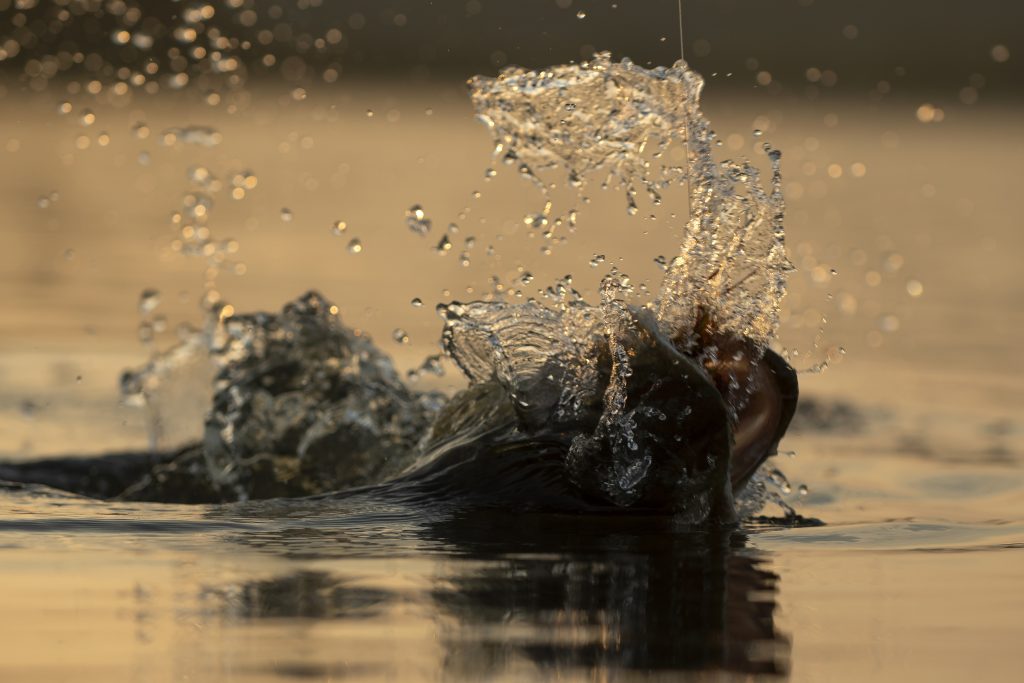
There’s nothing new about fishing floating flies on sinking lines and I talked a little about it earlier this month, when I was preparing for the Hökensås Trout Safari, where I am right now, writing this blog entry. Booby flies are very popular on the Hökensås lakes and following a discussion in the car on the way up here from Denmark, I had to write a friend to get a little bit of the history behind the fly.

It was invented by a man named Gordon Fraser in the early/mid 1980s. He fished some of the large, stocked reservoirs near London. Today we tie them with a piece of cylindrical foam for the eyes. Originally it was two ethafoam balls in stockings, just as in John Goddard’s Suspender Buzzer. But I am side tracking, because this really wasn’t supposed to be more information on the Booby fly, but more an adaptation of the Booby fly technique applied elsewhere.
And not in the most obvious of places. Poppers and sliders are very popular for pike – and for a reason. They are effective and the strikes are spectacular – and they float. Hence they can be sunk and fished Booby Style.

Unlike a size 12 Booby-style damsel nymph, which can be sunk with an intermediate line, you need something more substantial in order to sink a popper or a slider. The largest poppers are impossible to sink, so you will need to tie some specifically for Booby-style fishing with smaller heads. It might sound odd, but a more or less standard popper has a fantastic action in the water when pulled under by a sinking line.
Sliders, flies meant to fish just under the surface, pulling a “V” as they are retrieved, are easier to sink and they provide the exact same tactical advantages as a traditional Booby – fishing deep and slow with a fly suspended above the bottom. Apart from fishing deep and slow, which is sometimes necessary, especially in the winter, having a few of the flies and the technique in your bag of tricks also means that you can be different.
And sometimes, in fact – quite often, I find that doing something else is the best way to save a slow day. On stocked or hard fished water, it can be as simple as fishing a radically different fly than the most popular ones. On the lakes, not many pike will have seen what is essentially a surface fly suspended above the bottom. And even pulled under with a sinking line, a slider or a small popper will still push a lot of water.
You won’t get away with a 6-wt type II sinker, but a type 4 or 6 sinking lines (or shooting head) on an 8-wt rod (or heavier) will sink even big flies, providing they are not too buoyant. Who knows – maybe it’ll save a day for you as well.
